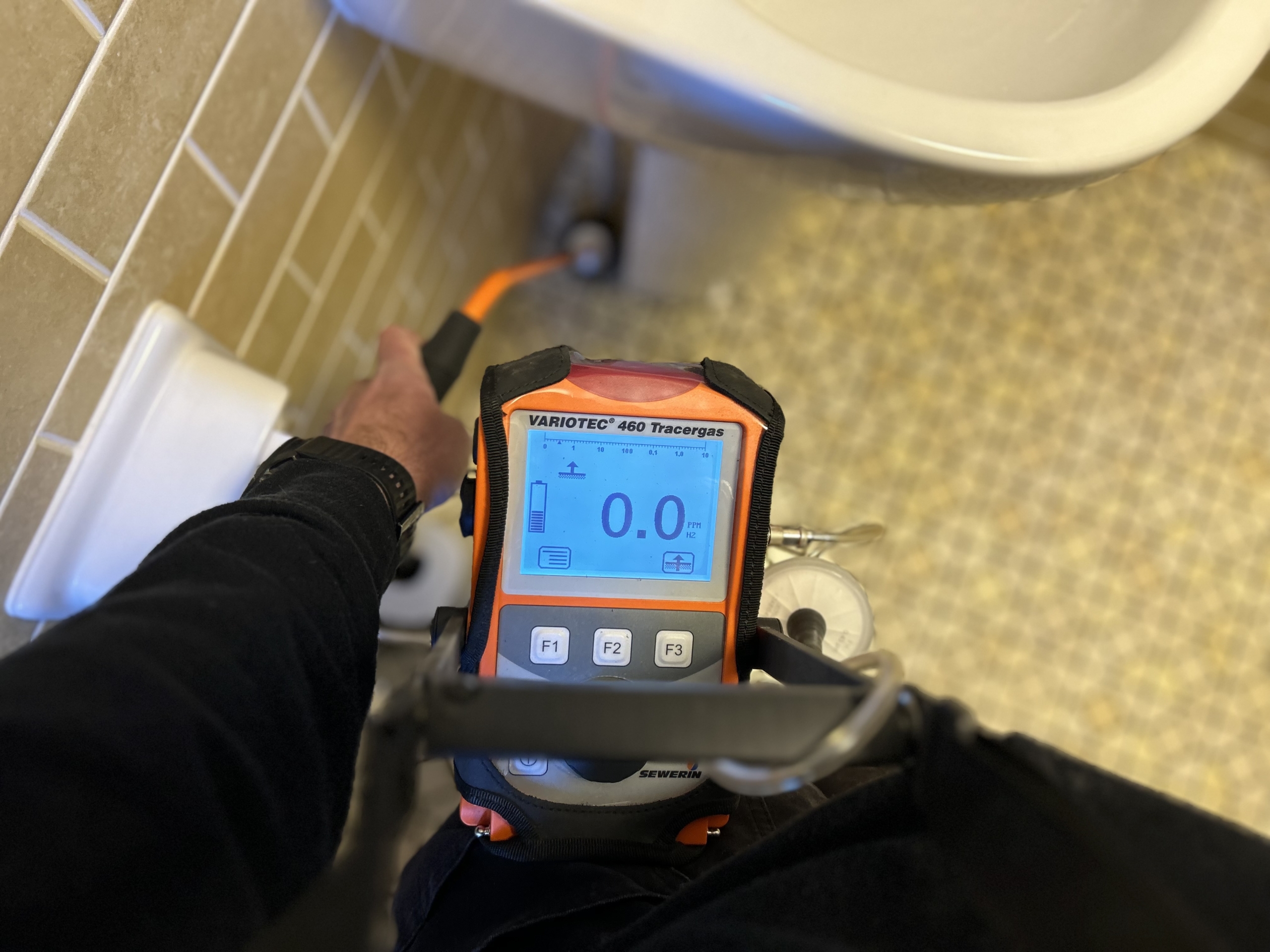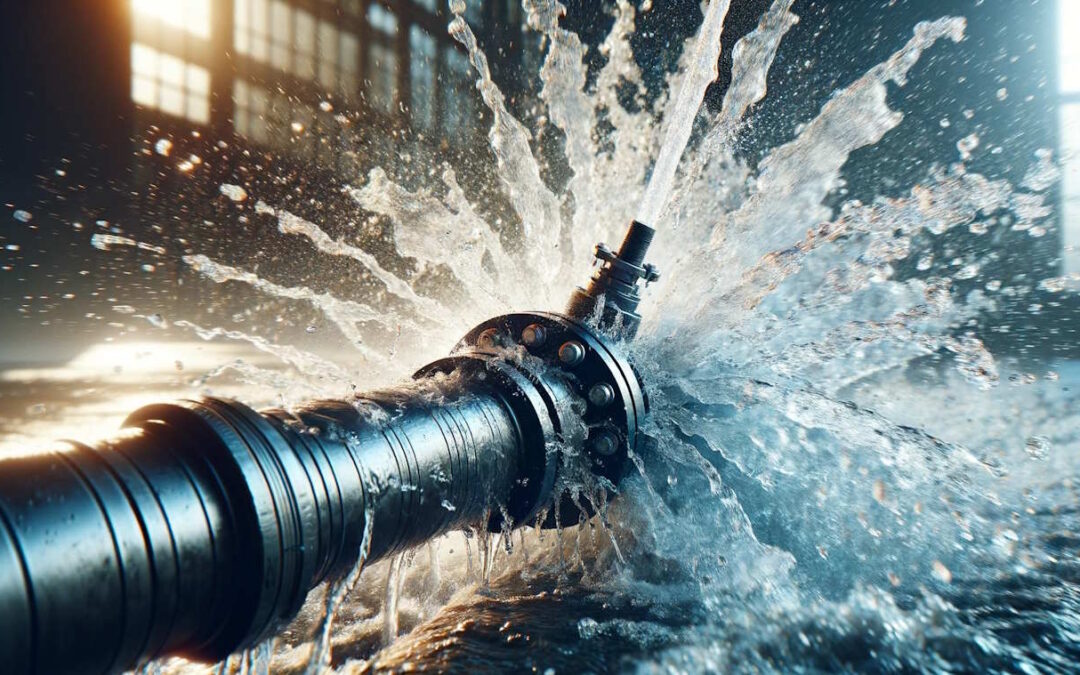Protect Against Major Concerns with Very Early Water Leak Detection and Motivate Services
Innovative Solutions for Very Early Discovery of Water Leaks in Buildings and Infrastructure
From advanced leakage detection technologies to the deployment of IoT sensing units for real-time tracking, the landscape of leakage prevention is developing swiftly. Automated water flow analysis systems are improving just how leakages are identified and attended to, paving the way for an aggressive approach to water leakage detection.
Advanced Leak Discovery Technologies
Advanced leakage detection technologies, geared up with advanced sensors and algorithms, play a critical role in promptly recognizing and identifying water leakages in different settings. Electromagnetic sensing units can identify adjustments in electro-magnetic areas created by water, supplying yet another layer of leak discovery capacity.

IoT Sensors for Real-Time Surveillance
In the realm of modern water leakage detection, the assimilation of IoT sensors for real-time surveillance represents a critical advancement in improving positive leakage discovery capacities. These sensing units use continuous tracking of water systems, offering real-time information on water circulation rates, stress variations, and temperature adjustments. By leveraging IoT technology, these sensing units can discover also the tiniest anomalies in water usage patterns, enabling early identification of potential leaks prior to they intensify right into significant issues.
IoT sensors transmit data to a central system, where advanced algorithms analyze the info and create alerts or alerts when irregularities are discovered. This real-time monitoring capacity enables building owners or facility managers to promptly resolve leakages, decreasing water damage, minimizing repair work prices, and conserving water sources.
Additionally, IoT sensors can be incorporated with building management systems, permitting for automated reactions to identified leaks, such as closing off water shutoffs or turning on pumps to reduce the effect of leaks. Generally, the execution of IoT sensors for real-time surveillance considerably boosts the performance and efficiency of water leakage detection in structures and framework.
Machine Understanding Algorithms for Leak Prediction

One trick advantage of utilizing artificial intelligence for leak forecast is its ability to continually learn and enhance its accuracy in time. As even more information is collected and fed into the formula, it can improve its forecasts and adapt to transforming conditions, eventually boosting the reliability of leak detection systems.
Furthermore, artificial intelligence algorithms can aid in recognizing subtle signs of leakages that might go unnoticed by typical tracking approaches. water leak detection. By examining complicated information embed in real-time, these formulas can give very early cautions and signals, enabling prompt intervention and precautionary upkeep to reduce potential water damage and associated costs
Making Use Of Thermal Imaging for Leakage Detection
Thermal imaging technology uses an official source encouraging technique for discovering water leakages in various systems and frameworks. By using infrared radiation and temperature variances, thermal imaging cams can recognize surprise leaks that are not easily noticeable to the naked eye. When water escapes from pipes or structures, it frequently transforms the temperature of the bordering area, developing temperature differentials that thermal cameras can capture. These temperature abnormalities are then equated into visible pictures, highlighting the exact location of the leakage.
One of the vital benefits of thermal imaging for leakage discovery is its non-intrusive nature. Unlike conventional approaches that may call for burglarizing walls or floors to situate leakages, thermal imaging enables non-destructive screening. This not just saves time and minimizes costs but additionally lessens disturbance to the building or infrastructure being evaluated. Additionally, thermal imaging can quickly scan huge locations, supplying a detailed summary of prospective leakage resources in a prompt way. Generally, the use of thermal imaging technology improves the efficiency and precision of water leakage discovery, making it an important tool for maintaining the stability of buildings and frameworks.
Automated Water Flow Analysis Systems
Exactly how can automatic water circulation analysis systems reinvent the discovery and management of leaks in numerous systems and facilities? Automated water flow analysis systems supply a proactive approach to leak discovery by continuously keeping track of water circulation prices and patterns. By developing baseline data, these systems can promptly identify discrepancies that may show a leakage, allowing prompt treatment to avoid comprehensive damages.
These systems make use of innovative algorithms to analyze real-time data and supply immediate signals when anomalies are detected, enabling quick activity to be taken. Additionally, computerized water circulation analysis systems can be incorporated with structure administration systems or IoT platforms, enhancing general effectiveness and allowing remote surveillance abilities.
Additionally, the data gathered by these systems can useful site be used for predictive maintenance objectives, helping to recognize potential weak points in the infrastructure prior to leakages take place. Generally, the execution of automatic water flow analysis systems can significantly enhance leak detection and administration practices, inevitably this hyperlink leading to cost savings, reduced water waste, and increased sustainability in structures and facilities.

Verdict
Finally, the assimilation of innovative leakage detection modern technologies, IoT sensing units, equipment understanding formulas, thermal imaging, and automatic water circulation analysis systems provides innovative solutions for early discovery of water leaks in buildings and infrastructure. These modern technologies enable real-time monitoring, forecast of leakages, and effective discovery approaches to stop water damages and waste. Implementing these services can assist in preserving the integrity and sustainability of water supply in numerous settings.